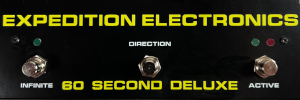This is a MATRIXSYNTH review...
A brand new Moog Minitaur will set you back $599, a Slim Phatty, $795, an RME Voyager, $2695. So how does the Minitaur sound compared to its siblings? Pretty darn incredible.
For this review I had access to both a Minimoog Voyager and a vintage Minimoog Model D for comparison, and the Minitaur more than held its own. Actually it was capable of sounding identical to the Voyager with roughly equivalent settings. The Model D, whether due to age or physical design, has a brighter, fizzier, more unstable characteristic to it compared to both. It's kind of like the original Minimoog has a wild beast inside it while the Voyager and Minitaur have managed to keep that beast under control. I used to think of an analogy where the Model D sounds like it has a Tasmanian Devil inside it, while the Voyager has Darth Vader. Well, the Minitaur adds a massive fat bull. All three are extremely powerful sounding synths. The bass the Minitaur produces is as full as it gets and the filter gets wide open. It was a bit shocking when I first heard it. The Minitaur might be slimmed down in price, but sonically it has all the fat you will ever need.
As the Voyager sounded closest to the Minitaur, I primarily focused on it for comparison. For the most part I could get the Minitaur to sound identical, but there were subtle differences. An interesting thing I noticed was that the filter on the Minitaur seemed to open more than the Voyager, but then I realized that on the Voyager the filter opens up more if you apply the envelope to it. Once I adjusted the envelope on the Voyager, they sounded nearly identical. The saw waves were identical and the pulse waves varied a little, but I believe this was likely due to additional pulse width settings on the Voyager that the Minitaur does not have. I found myself spending more time attempting to get the Voyager to sound like the Minitaur vs. the other way around. This was clearly due to the extra parameters on the Voyager, and it reminded me that sometimes less can be more. With pulse waves, the Minitaur sounded a little more rounded, smooth and fuller. In many cases where I couldn't sonically hear a difference, I could feel it. A funny side note is I have an overhead lamp in the studio I did my testing in. The lamp has a metal hood over a small glass dome for the bulb enclosure that rattles with significant bass. It rarely happens but I noticed it happening quite a bit with the Minitaur. I decided to take the Minitaur, Voyager and Model D to town with a rattle test. The Minitaur won. It consistently produced the most intense lamp rattle. :) This is not too surprising considering Moog's reputation for bass, and that the Minitaur is based on the Moog Taurus 3 bass pedals, which in turn was based on the original Taurus I released back in 1975 (note the Taurus II unlike the I & 3 was based on the Moog Rogue - this is significant, and I'll comment on this in the summary). It's worth noting that although there are other dedicated bass synthesizers out there, there are essentially two types - TB-303 emulators and thundering bass pedals. The Minitaur of course is based on the latter, and few synths sound as full. The Novation BassStation keyboard which is also analog, for example, was geared more towards TB-303 emulation and does not really compare to the Minitaur.
Before we get into specs and finally the summary, there are a few things you need to know off the bat regarding the Minitaur:

Sunday, October 21, 2012
NovaDroneLights
Published on Oct 21, 2012 by casperelectronics synthesizers
http://casperelectronics.com/finished-pieces/nova-drone/
loops, drones and nosie with 3 Anti-Nautilus (granular glitch machine)
Published on Oct 21, 2012 by muki123
"loops, drones and nosie with 3 Sonic Crayon Anti-Nautilus in series. random guitar at first, then I go mental with an ebow. next some percussive mangling with an op-1. turns my boring drums into tthhpbbhtbpppbthhbtpppdhhttthhbbdddd, etc. structure is no longer relevant"
Synthpop Sunday
Published on Oct 21, 2012 by Oliver Chesler
"Tiptop Audio 808 modules, Moog Slim Phatty, Wiard Oscillator into Toppobrillo Multifilter, Ensoniq ESQ-1 choir sound (off camera). Ableton Live Session View switching from Verse to Chorus. Make Noise Echophon at the end."
Update:
Sunday Synthpop Granulated
Published on Oct 21, 2012 by Oliver Chesler
"A few samples from the previously uploaded 'Sunday Synthpop' video put into the Borderlands granular synthesis app."
iTunes:
Borderlands Granular - Chris Carlson
iPads on eBay
PPG Wave 2.3
Note: Auction links are affiliate links for which the site may be compensated.
via this auction
"Wave 2.3 (1984-1987) - 16 oscillators (two per voice), 12-bit resolution, dual modulation wheels, SSM 2044 VCFs, 8-part multimbrality.
The PPG Wave could be connected to multiple peripheral PPG components simultaneously, such as a 'smart' keyboard controller (PRK), 8-voice expansion units (EVU), and a sampling/editing/sequencing wave computer (Waveterm). Collectively, this setup was referred to as the "PPG Wave System", which was intended to compete with the Fairlight CMI..."
Note the following video although linked in the auction is not the one listed. This is just a demo of the PPG Wave 2.3 from thePPGs.com.
First thePPGs.com video - Showing my PPG Wave 2.3 to the public.
Uploaded by Kenneth Abildgaard on Jan 17, 2010
"Showing the first video to be featured on thePPGs.com.
The PPG Wave 2.3 is one of the most fantastic synthesizers ever made - period.
Its sound is out of this world and to me there is no synth more delicate and at the same time raw and unique.
The video features the PPG Wave 2.3 and at the end of the video you'll hear my old and trustworthy Hammond AutoVari-64 as well as I try - and fail - to play in time with it.
The audio from the PPG Wave 2.3 and Hammond AutoVari-64 has been recorded to disk and inserted in the video for the best possible audio.
Have fun listening to the wavetable fun !!
Kenneth
thePPGs.com"
via this auction
"Wave 2.3 (1984-1987) - 16 oscillators (two per voice), 12-bit resolution, dual modulation wheels, SSM 2044 VCFs, 8-part multimbrality.
The PPG Wave could be connected to multiple peripheral PPG components simultaneously, such as a 'smart' keyboard controller (PRK), 8-voice expansion units (EVU), and a sampling/editing/sequencing wave computer (Waveterm). Collectively, this setup was referred to as the "PPG Wave System", which was intended to compete with the Fairlight CMI..."
Note the following video although linked in the auction is not the one listed. This is just a demo of the PPG Wave 2.3 from thePPGs.com.
First thePPGs.com video - Showing my PPG Wave 2.3 to the public.
Uploaded by Kenneth Abildgaard on Jan 17, 2010
"Showing the first video to be featured on thePPGs.com.
The PPG Wave 2.3 is one of the most fantastic synthesizers ever made - period.
Its sound is out of this world and to me there is no synth more delicate and at the same time raw and unique.
The video features the PPG Wave 2.3 and at the end of the video you'll hear my old and trustworthy Hammond AutoVari-64 as well as I try - and fail - to play in time with it.
The audio from the PPG Wave 2.3 and Hammond AutoVari-64 has been recorded to disk and inserted in the video for the best possible audio.
Have fun listening to the wavetable fun !!
Kenneth
thePPGs.com"
Russian Analog Drum Synthesizer
Note: Auction links are affiliate links for which the site may be compensated.
via this auction
"This is a very rare classic analog drum synth. It consists of 7 identical analog synthesizer channels, which are triggered by midi or by audio. Each channel can be tuned using the 7 knobs to create the a percussion / drum / percussive sound.
Its a fantastic unit and very multi purpose.

I used to route my drum tracks to separate outputs, then route them into this unit so each drum sound was triggering one of the channels of the synth. This was a great way of beefing up drum tracks with some analog fatness.
I have no idea what the different dials say, but its not hard to work out what they do once you route some audio into the synth to trigger one of the channels. The dials loosely work as follows. From top to bottom:
1 Sensitivity (to audio routed in)
2 pitch
3 Attack
4 Decay
switch (from memory this switches between kik / snare or tom sound)
 5 Sustain
5 Sustain
6 Release
7 dryness
The socket at the bottom of the unit is the monophonic audio output from the channel"
"This is a very rare classic analog drum synth. It consists of 7 identical analog synthesizer channels, which are triggered by midi or by audio. Each channel can be tuned using the 7 knobs to create the a percussion / drum / percussive sound.
Its a fantastic unit and very multi purpose.

I used to route my drum tracks to separate outputs, then route them into this unit so each drum sound was triggering one of the channels of the synth. This was a great way of beefing up drum tracks with some analog fatness.
I have no idea what the different dials say, but its not hard to work out what they do once you route some audio into the synth to trigger one of the channels. The dials loosely work as follows. From top to bottom:
1 Sensitivity (to audio routed in)
2 pitch
3 Attack
4 Decay
switch (from memory this switches between kik / snare or tom sound)
 5 Sustain
5 Sustain6 Release
7 dryness
The socket at the bottom of the unit is the monophonic audio output from the channel"
ANALOGUE SOLUTIONS LEIPZIG S
Note: Auction links are affiliate links for which the site may be compensated.
via this auction
"Pure analogue voice and modulation circuitry.
Fat Moog style transistor ladder filter.
2 VCOs with Glide and Sub-VCOs.
Osc Sync & Cross-Mod
Plenty of modulation routing possibilities.
Analogue step sequencer – with plenty of clocking options.
Audio input so can be used as a sound processor."
"Pure analogue voice and modulation circuitry.
Fat Moog style transistor ladder filter.
2 VCOs with Glide and Sub-VCOs.
Osc Sync & Cross-Mod
Plenty of modulation routing possibilities.
Analogue step sequencer – with plenty of clocking options.
Audio input so can be used as a sound processor."
Teenage Engineering OP-1
PREVIOUS PAGE
NEXT PAGE
HOME
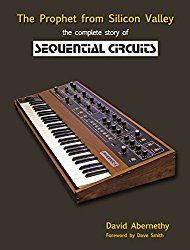
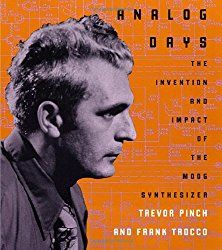
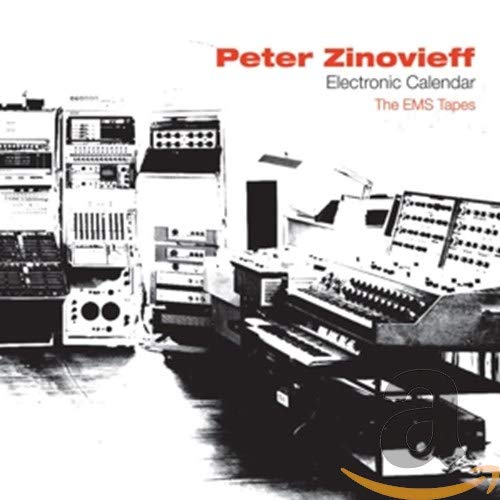
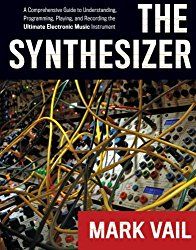
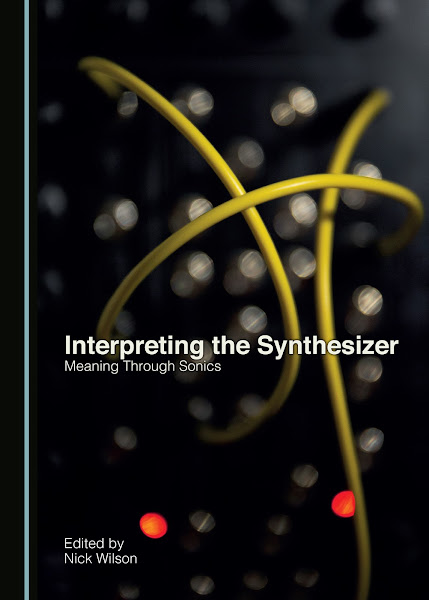
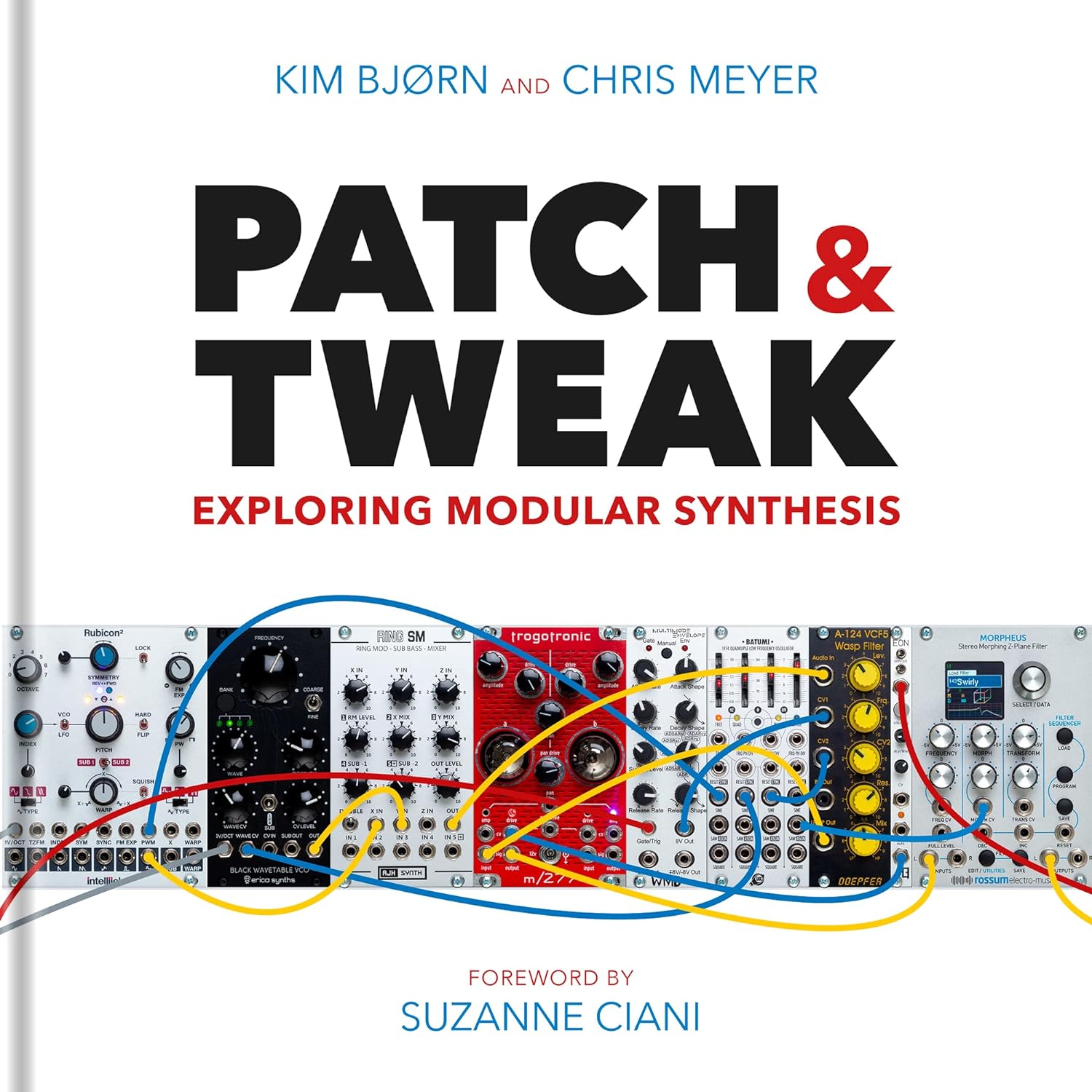
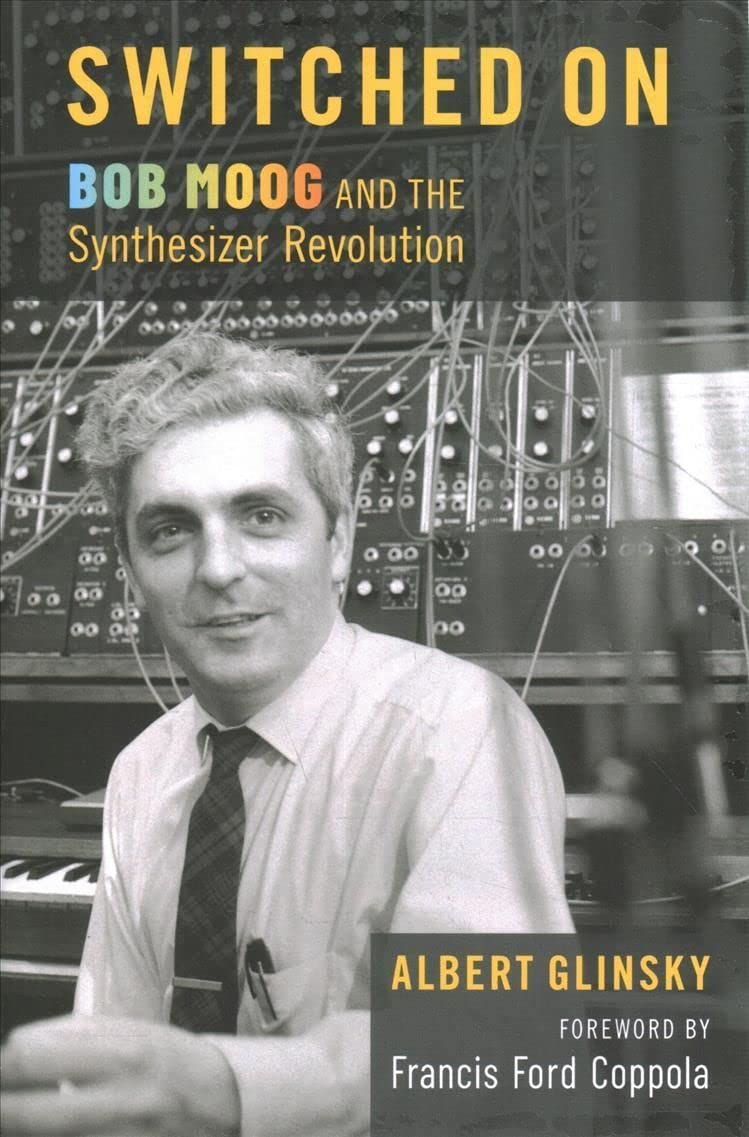
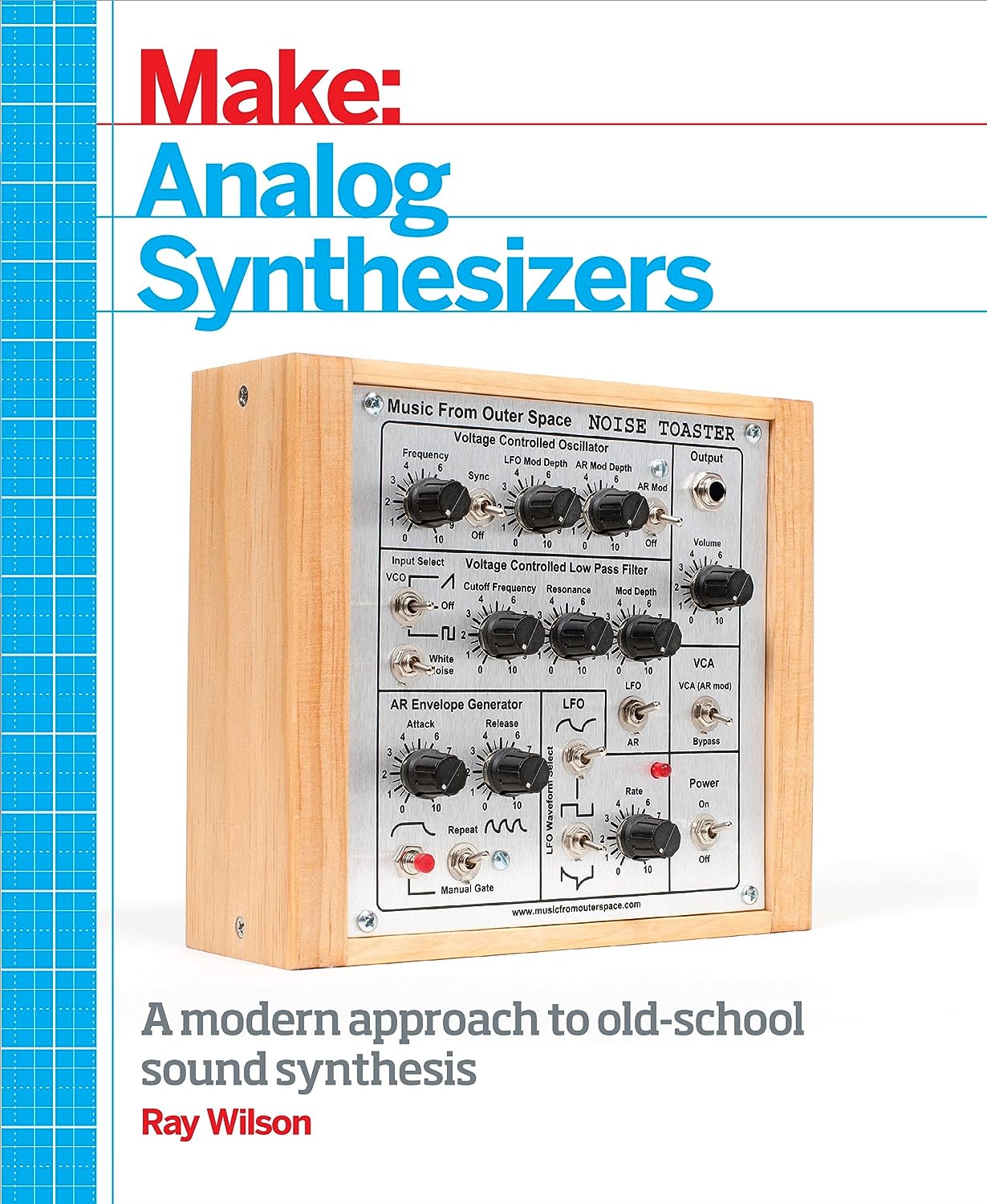
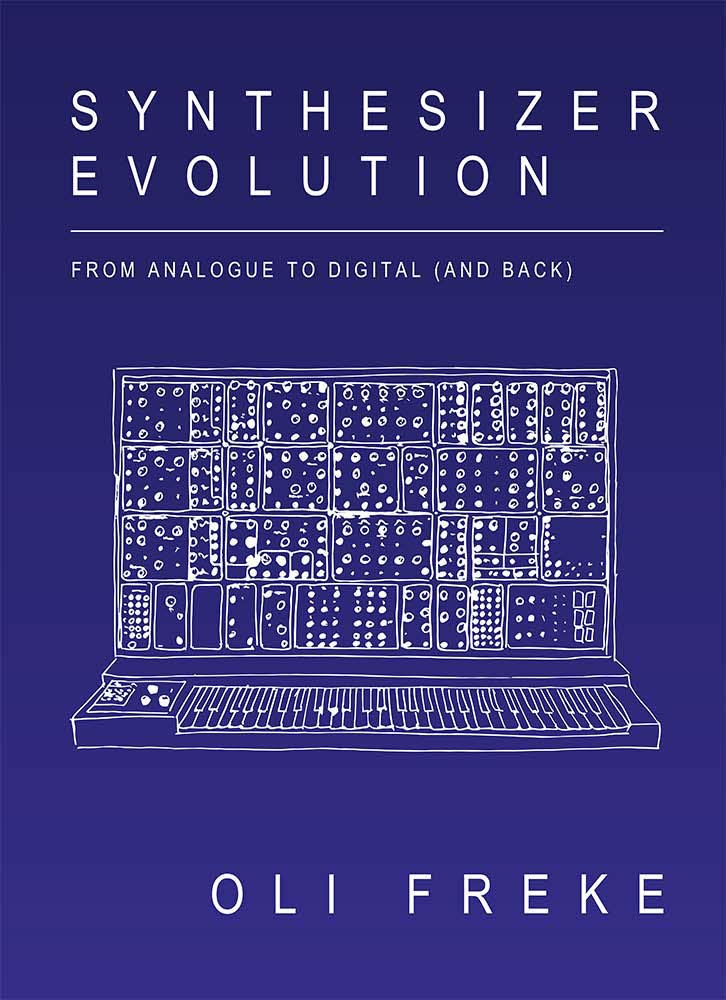
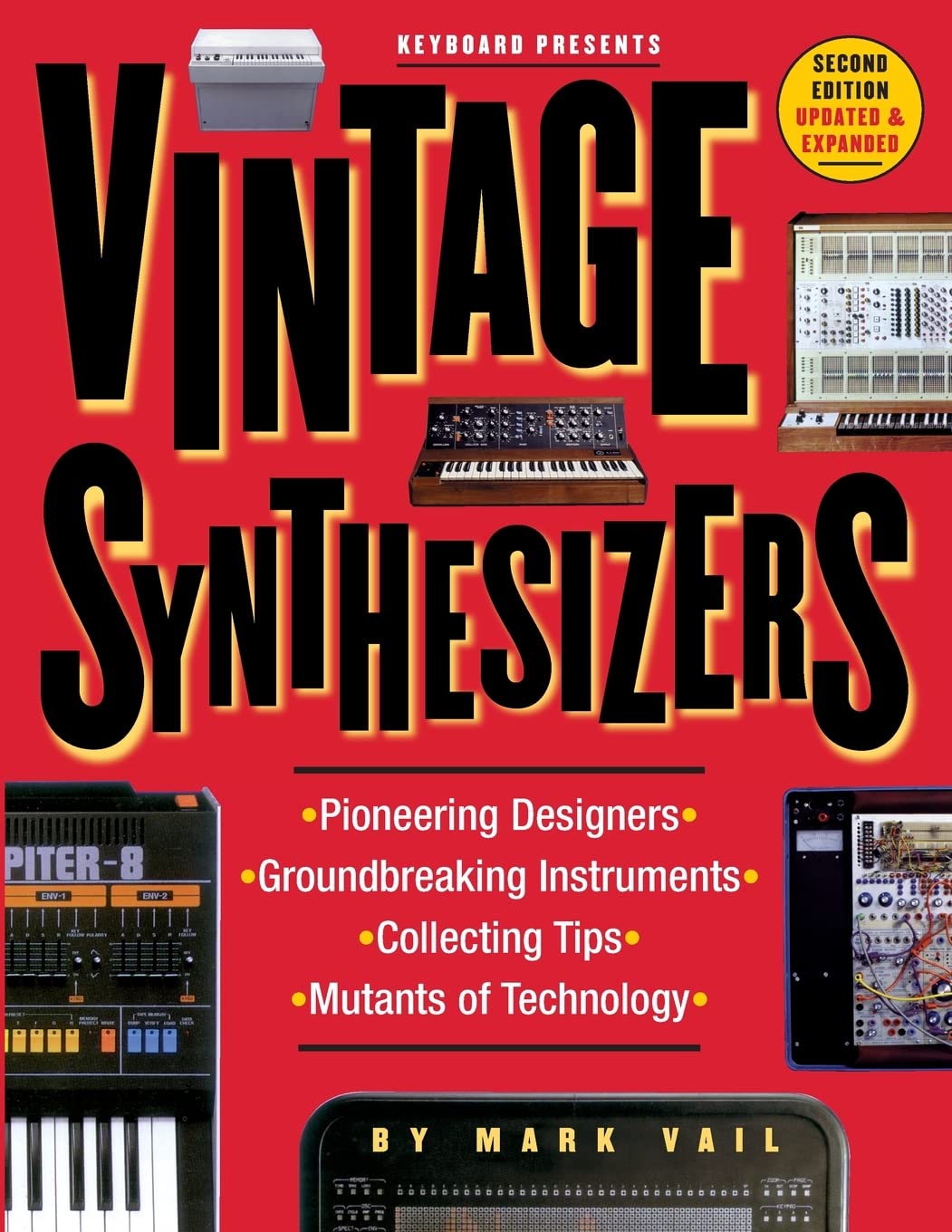
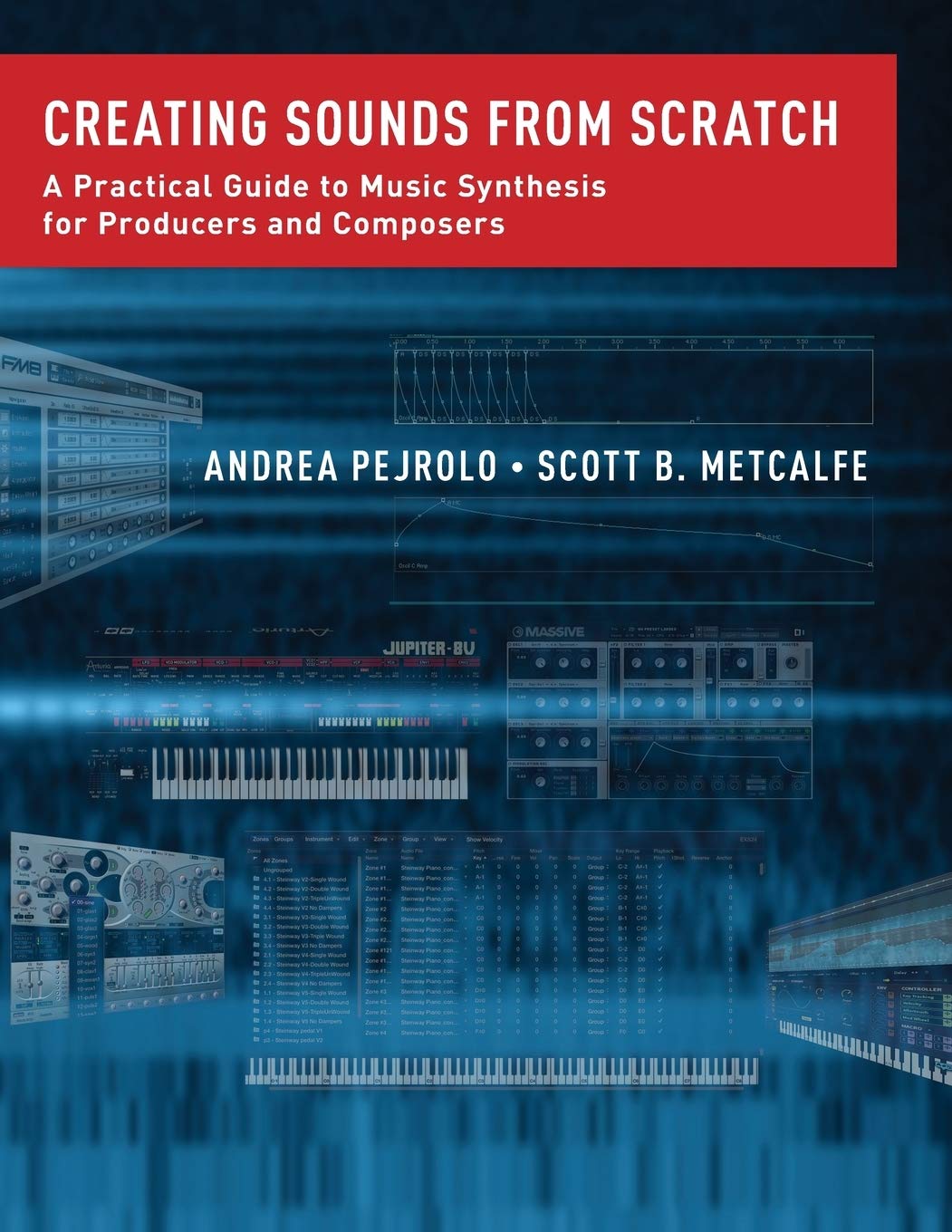
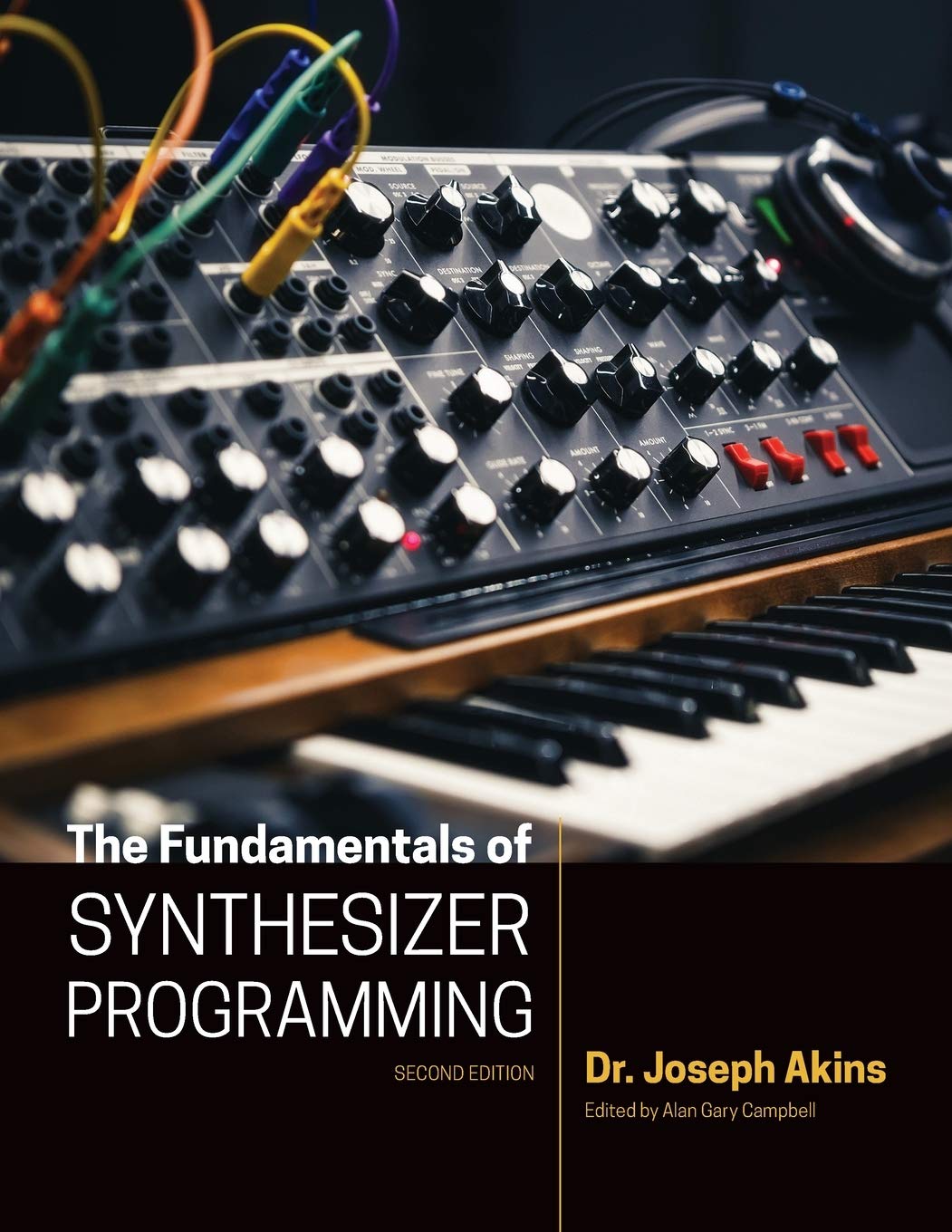
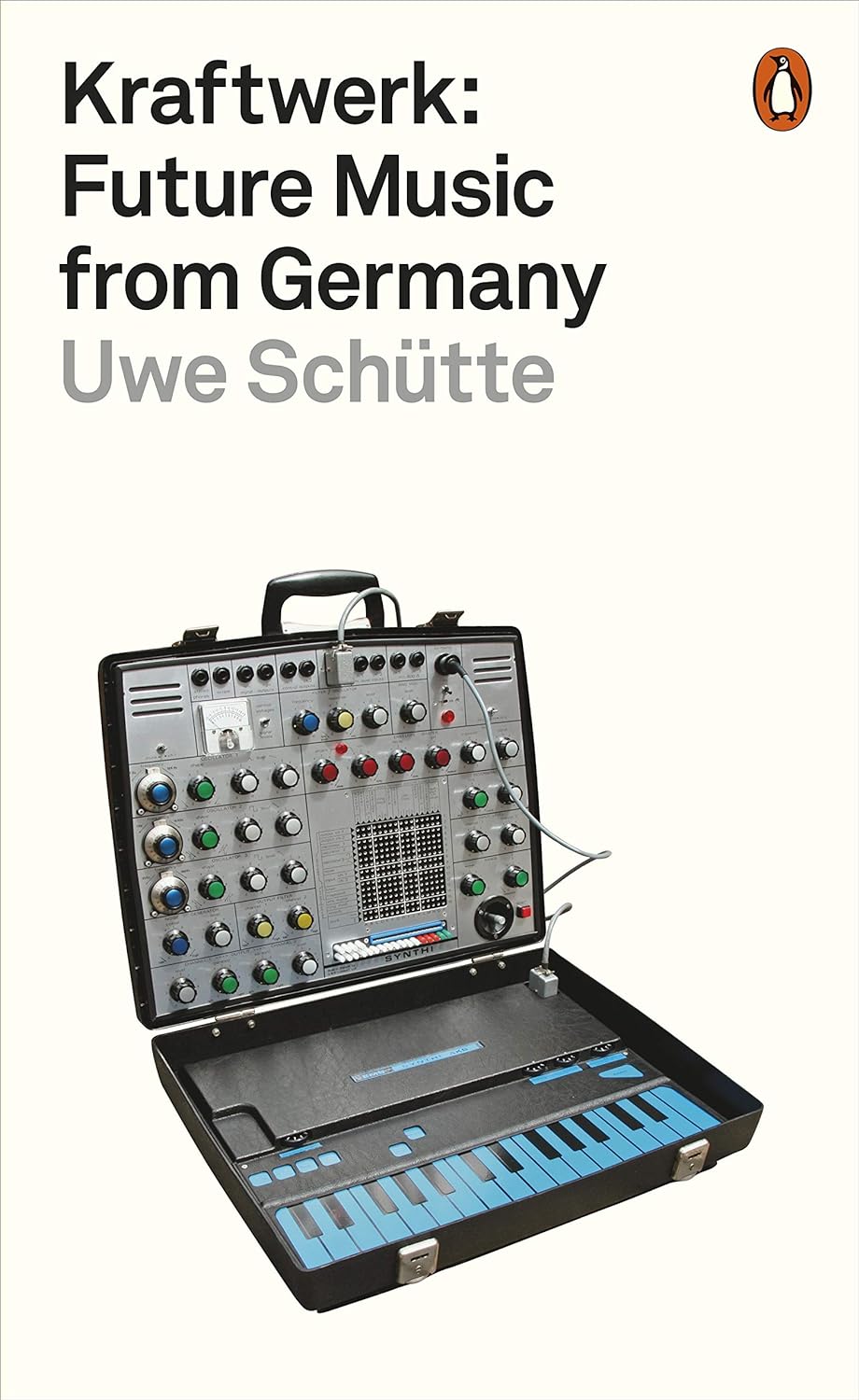
© Matrixsynth - All posts are presented here for informative, historical and educative purposes as applicable within fair use.
MATRIXSYNTH is supported by affiliate links that use cookies to track clickthroughs and sales. See the privacy policy for details.
MATRIXSYNTH - EVERYTHING SYNTH













© Matrixsynth - All posts are presented here for informative, historical and educative purposes as applicable within fair use.
MATRIXSYNTH is supported by affiliate links that use cookies to track clickthroughs and sales. See the privacy policy for details.
MATRIXSYNTH - EVERYTHING SYNTH





















